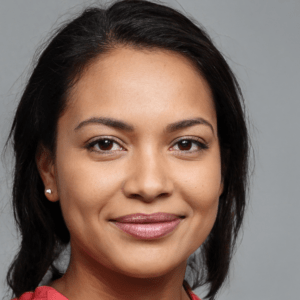Betting odds are often perceived simply as numerical representations of how likely an outcome is to occur. However, this interpretation significantly understates their complexity and function. In reality, odds are a dynamic market indicator that functions much like stock prices in a financial market.
They are influenced by many different factors working together, which makes their movement more complex than it may appear at first glance. Recognizing this broader context helps set the stage for a clearer understanding of how betting markets operate. Below are the many ways betting odds can reflect more than the basic numbers displayed on the screen.
Encode Real-Time Information
Odds adjust quickly as new information enters the market. When news breaks about injuries, lineup changes, or significant weather shifts, popular platforms like FanDuel Sportsbook update their numbers to reflect the impact of that information. These adjustments can happen within minutes, demonstrating that odds respond directly to real-world developments rather than remaining tied to earlier expectations.
This fast reaction means that odds act as a live signal of how the market interprets changing conditions. As bettors and bookmakers process new details, the line moves to reflect the updated outlook, even before the public fully absorbs the news. This process shows that odds are not static figures but active indicators shaped by a constant flow of information, reinforcing the idea that they reflect far more than simple numerical predictions.
Show Bookmaker Risk Management
Bookmakers aim to balance the money placed on each side of a wager so that they remain profitable regardless of the outcome. When one side begins to attract too much action, the odds will shift to encourage more bets on the opposite side. This adjustment is not about changing the estimated probability, but about protecting the sportsbook from unnecessary risk. These movements make it clear that odds reflect the bookmaker’s business strategy as much as on-field realities. Even without new information about the event itself, lines may move simply because the distribution of bets creates an imbalance.
Represent Market Beliefs, Not Certainty
Betting odds show what the market believes at a specific moment, not what is guaranteed to happen. They reflect how bettors and sportsbooks interpret the information they have and how they judge the strengths of each side. This makes odds a snapshot of opinion that can change as those opinions shift.
Recent performances, public perception, and new information all shape these beliefs. As more people place bets or update their expectations, the odds adjust to match the new market view. This movement shows that odds are flexible estimates that evolve rather than fixed predictions.
Since odds are based on interpretation, they naturally leave room for different viewpoints. Two people can see the same odds and reach different conclusions depending on their own research and judgment. This highlights that odds represent a shared perspective, not an absolute truth, and should be understood in the context of the broader market conversation.
Reveal Market Inefficiencies
Betting odds do not always match the actual conditions of a game or event, and this can reveal gaps in how the market interprets information. These gaps often arise when public perception drifts from reality, driven by emotional reactions or incomplete updates. When this happens, odds move in ways that reflect the imbalance, showing that they are not always perfectly aligned with actual probability.
Market inefficiencies also appear when bettors react too strongly to recent highlights or memorable moments. A team may become favored more than it should simply because it performed well in a high-profile situation. As people bet on these moments, the odds shift toward popular opinion rather than steady analysis. These situations show that odds can sometimes misrepresent the competitive landscape, creating opportunities for those who recognize the difference between hype and reality.
Reflect Public Sentiment
Betting odds often move in response to public sentiment, indicating they reflect more than a simple calculation of probability. When large groups of casual bettors rush to wager on a popular team or athlete, the increased activity can push the odds in that direction. This movement occurs even if the actual likelihood of the outcome remains unchanged, demonstrating that odds respond to market behavior as much as to the expected result.
Public sentiment is shaped by media coverage, trending storylines, and the general buzz surrounding an event. A team that receives heavy attention often attracts more wagers simply because people are familiar with it or feel confident based on recent highlights. FanDuel Research can help many bettors stay informed about these developments.
This influence is especially noticeable during high-profile games or events where casual participation increases. Popular teams tend to draw more action regardless of their actual performance, causing odds to shift in ways that reflect opinion rather than pure analysis. This reveals how odds can mirror the emotions and preferences of the betting public, illustrating that they go beyond mere projections.
The Bigger Picture Behind the Numbers
Betting odds may appear simple, but they represent a much broader and more active system than most people realize. They shift with market activity and respond to the behavior of both casual and informed bettors. They also adjust as new information becomes available, which keeps them in constant motion. When you view odds through this wider lens, they become easier to understand and far more meaningful. This perspective helps you see that odds are not just numerical guesses but signals shaped by a living and changing market.


